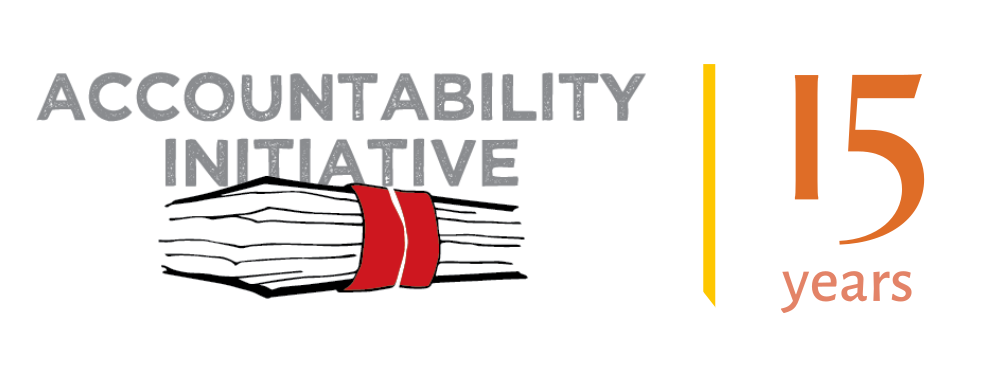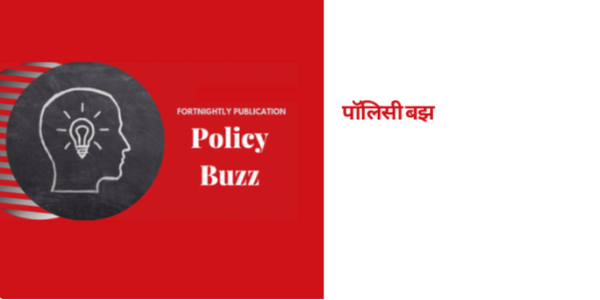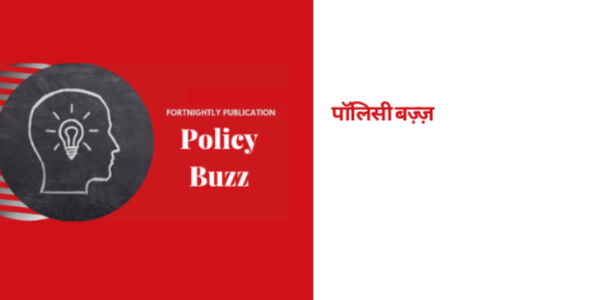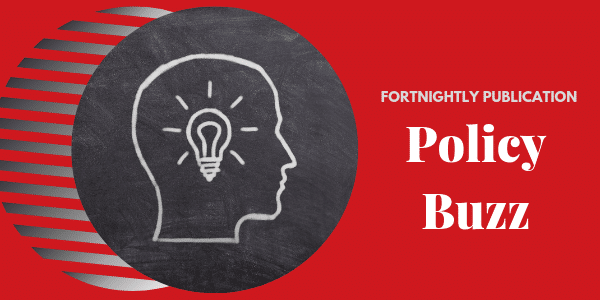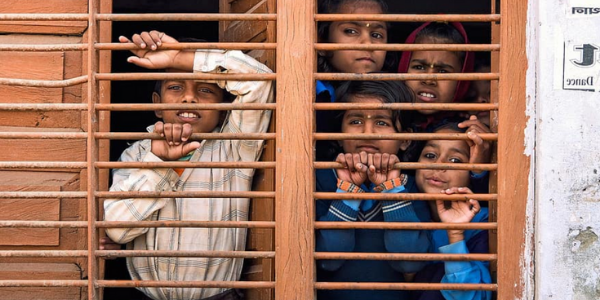Once again, more than a fortnight passes; an aeon in the unfolding scenario on how we look at the freedom of expression.
I ended my last blog by asking whether platform provider-mediated regulation of the freedom of expression is an answer to the problem of fake news, conspiracy theories, and hate speeches. If it is not so, I had asked if there are other choices?
And in the last fortnight, we have seen – something that has become a feature that repeats itself with monotonous regularity – several deep questions that arise with respect to how the freedom of expression is being moderated.
We saw the incarceration of a stand-up comic by the police on the grounds that he intended to insult gods of a certain religion. When the individual approached the courts for bail, he was refused it. Instead, he received a sanctimonious lecture from the presiding judge. We also saw criminal cases being launched against the actors and directors of a serial that was being aired on a subscription channel – again – allegedly for hurting religious sentiments.
The Supreme Court, which earlier had intervened with alacrity to grant bail to a celebrity TV anchor even when petitions for the same were pending in lower courts that had the jurisdiction, refused to follow that precedent, instead directing the petitioners to go to the lower courts to seek redress.
We also saw violence erupting in the course of what might be the largest agitation seen in recent times. This was vigorously highlighted on mainstream media, even as social media platforms were showing that the violence was the act of a few, and apart from that isolated exception, the protest had been largely peaceful.
In the United States, we saw a smooth transition of power from one Presidential term to the other, even as there were conspiracy theories being floated by some websites that something devastating would happen on the day of the new presidential inauguration. The fact that nothing untoward happened, left deluded followers of that website devastated; something that usually happens when conspiracy theories go out of hand and then predicted disastrous outcomes fail to manifest.
I asked two people – one a decade older than me, and the other, slightly older than a millennial – how they saw the problems that arise from the freedom of expression gone berserk, and how they were dealing, or planned to deal with it.
I regret to say that both did not have a clear answer.
The older individual, who had taken to social media vigorously in order to further her political activities and extend her range of influence, told me that she intended to continue with her efforts. She found the internet useful to gain a wide range of perspectives. Though she recognised that others might be deluded or misled to a level that might endanger them as also destabilise society at large, she felt that the answer lay in the use of the internet responsibly, so as to constantly cleanse the media of fake news, hate and conspiracy theories.
The younger individual explained my problem back to me, in her own 21st century language. The one interesting perspective she gave me was that the young, particularly the millennials (and the post-millennials, she said, a category that I did not know was upon us already) also had to deal with the problem of short attention spans. She said that even her generation (the late twenties to the early thirties) was attuned to receiving information in consumable quantities and therefore processed it at an accustomed speed, could not keep pace with the bombardment of information that the post-millennials had experienced ever since their tiny fingers descended on a smartphone.
When I asked the younger friend how she dealt with the information barrage, and in particular, the misinformation barrage, she said that she had completely tuned out television altogether. She asserted that most of her generation hardly watched TV now, and they preferred to get their information from the net.
That was a very interesting point.
Television requires licensing to start, and investments that need to be recovered, to keep channels going. Hence, they are dependent upon large budgets, which largely come in through advertising. When one is dependent upon advertising revenues for profit, then the incentive is to chase viewership at all costs. With that motive in mind, the focus is on sensationalism, and nothing can be as sensational as peddling hate, which, in turn, requires effort invested in misinformation and lies.
On the internet, budgets are not a constraint. There are no licenses to be obtained, at least in India. That in turn means that credibility could get back onto the front burner; it scores as a driver as compared to advertising revenue and the cheap sensationalism that is necessary to be peddled, in its cause.
Inherently, therefore, the less dependent the starting of a media stream is on initial investments and licensing, the greater seems the chance that it could see advantage in being credible.
Yet, the sobering reflection is whether those conditions also discourage the same pernicious tendency to sell hate and lies.
The answer is probably in the negative.
Which then again brings us back to the question; who will then cleanse the internet of divisive poison?
T.R. Raghunandan is an Advisor at the Accountability Initiative.
